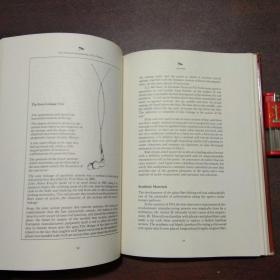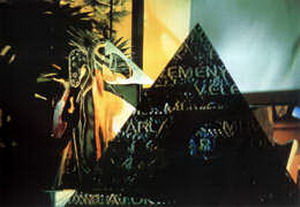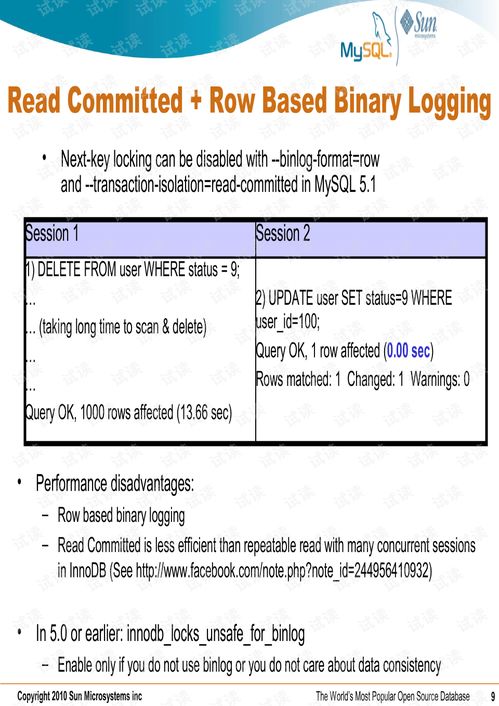Introduction:
Night fishing offers a unique and serene experience, allowing anglers to enjoy the tranquility of the water under the moonlit sky. While it may seem daunting at first, mastering night fishing techniques can lead to some of the most rewarding catches. In this article, we'll delve into the art of night fishing in rivers, providing you with essential tips and strategies to help you hook the big ones.
Choosing the Right River for Night Fishing:
The first step in successful night fishing is selecting the right river. Look for rivers that have a good population of fish species you're interested in catching. Consider the following factors:
- Water Flow: Rivers with a moderate flow are often better for night fishing as they provide enough movement to keep the fish active.
- Vegetation: Rivers with abundant aquatic vegetation can be excellent for night fishing, as they offer fish cover and attract baitfish.
- Structure: Look for areas with rocks, logs, or other structures that can hold fish and provide a natural ambush point.
Timing is Everything:
Timing is crucial in night fishing. The best time to start is typically just before dusk when the fish are most active. Fish are more likely to feed during this period as it coincides with the natural dusk feeding cycle. Aim to be on the water about 30 minutes before sunset to get the most out of this prime feeding time.
Equipment and Tackle:
Your equipment should be designed for night fishing to ensure visibility and comfort. Here's what you'll need:
- Rod and Reel: Use a rod and reel combination that is comfortable for you and suited to the type of fish you're targeting. A medium-action rod with a spinning reel is a versatile choice for most river fishing scenarios.
- Line: Use a monofilament line with a lower visibility color, such as green or brown, to minimize spooking fish. A line thickness of 6 to 12 pounds is usually sufficient for most river fish.
- Hooks: Choose the right size and type of hook based on the fish you're targeting. For smaller fish, a size 6 to 10 hook is usually adequate, while larger fish may require larger hooks.
- Bait or Lures: Live bait, such as worms or minnows, can be effective, but artificial lures like spinners or jigs can also work well. Match your bait or lure to the forage fish in the river.
Night Fishing Techniques:
Once you're on the water, here are some techniques to help you catch fish at night:
- Patience: Night fishing requires patience. Fish may be less active, so be prepared to wait for bites.
- Silence: Keep noise to a minimum. The sound of your voice or footsteps can spook fish, so move quietly and speak softly.
- Subtle Bites: Fish may not hit as hard at night, so be on the lookout for subtle signs of a bite, such as a slight tug or a change in line tension.
- Adjusting Your Lure: If you're using artificial lures, adjust your retrieve to mimic the natural movements of baitfish. A slower and more erratic retrieve can be effective at night.
- Using a Glow Stick: A glow stick can be a valuable tool for night fishing. Attach it to your line or lure to attract fish and make your offerings more visible.
Safety Tips:

Safety should always be a priority when night fishing. Here are some important safety tips:
- Carry a Flashlight: A good quality flashlight is essential for navigating the river and seeing your equipment at night.
- Stay Connected: Inform someone of your fishing plans and expected return time. Carry a cell phone, if possible, or let someone know your location.
- Dress Appropriately: Wear layers of clothing to stay warm, and consider wearing a headlamp to keep your hands free.
- Know Your Limits: Be aware of your physical limits and take breaks as needed to avoid exhaustion.
Conclusion:
Night fishing in rivers can be a thrilling and fulfilling experience. By following these tips and strategies, you'll be well on your way to mastering the art of night fishing and reeling in some impressive catches. Remember to respect the natural environment and practice catch-and-release fishing where appropriate to ensure the sustainability of the fish population. Happy fishing!












